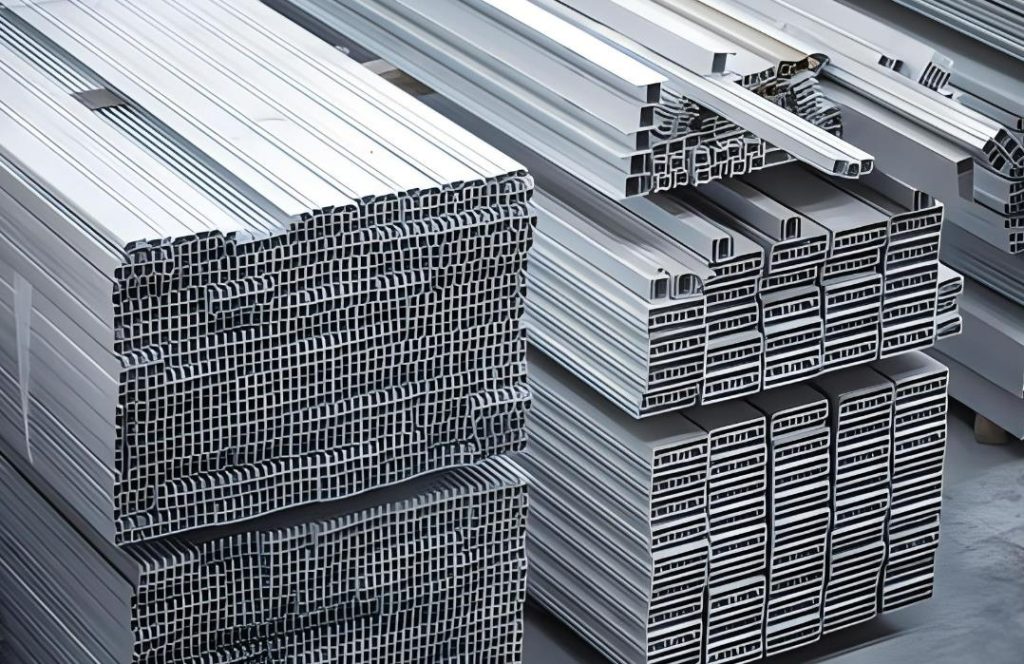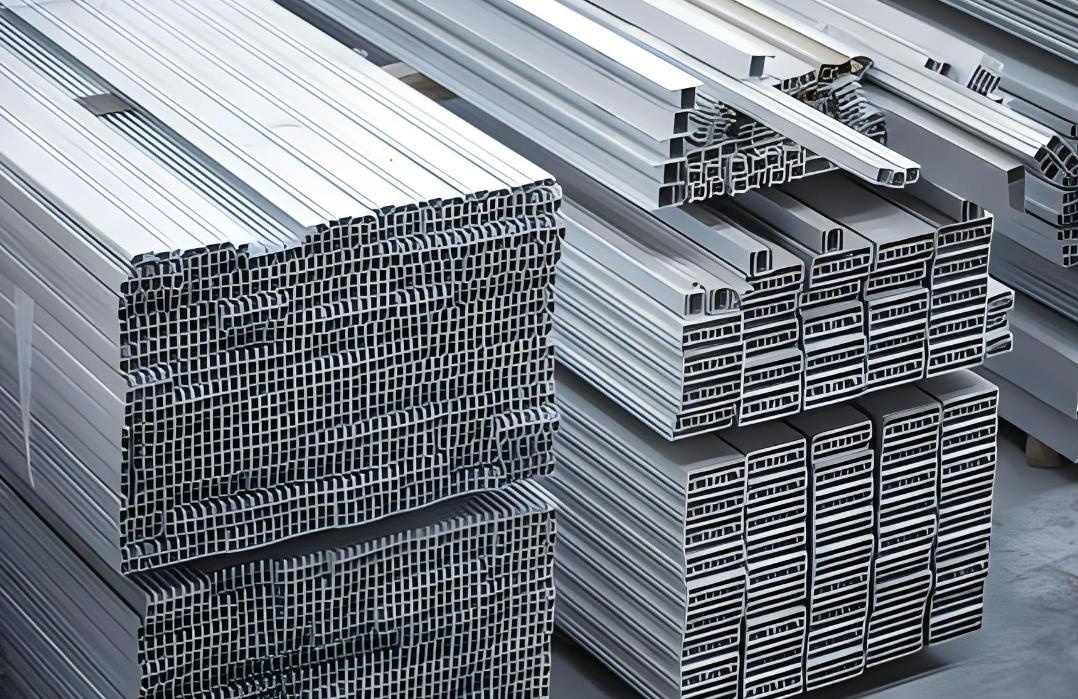Introduction
The aluminum market is experiencing dynamic shifts influenced by various economic and industrial factors. As a critical material in numerous sectors, understanding the trends and drivers in the aluminum market is essential for investors and industry stakeholders. This article delves into the current state of the aluminum market, examining recent price movements, production dynamics, and future outlook.
Market Trends and Price Movements
Recently, aluminum prices settled down by 0.97% at 230.1, reflecting increased inventories in warehouses monitored by the Shanghai Futures Exchange. The 2.0% rise in inventories compared to the previous week underscores growing supply pressures. These pressures have contributed to the recent price decline, despite positive sentiment in some segments of the market.
Global Production and Import Dynamics
Global primary aluminum production saw a year-on-year rise of 3.4% in May, reaching 6.1 million tons. This growth was largely driven by a 7.2% increase in China’s production, totaling 3.65 million tonnes. Furthermore, China’s aluminum imports surged by 61.1% year-on-year in May, primarily due to heightened shipments from Russia amid Western sanctions. The import volume reached 310,000 metric tons of unwrought aluminum and products, reflecting the complex interplay of global trade dynamics.
Economic Indicators and Their Impact
In the US, the Manufacturing PMI reached a three-month high of 51.7 in June, slightly surpassing expectations and indicating modest expansion in the sector. This positive indicator suggests a stable demand for aluminum in the manufacturing sector. Meanwhile, China’s decision to maintain its key benchmark lending rates unchanged reflects a cautious monetary easing approach aimed at economic stability. The central bank’s commitment to a supportive monetary policy stance is crucial for sustaining economic growth and, by extension, the aluminum market.
Industrial Demand and Speculative Interest
The aluminum market has benefited from growing demand in industries such as solar energy and electric vehicles. This increasing demand has contributed to a speculative rally in aluminum prices this year. The London Metal Exchange benchmark contract recently hit a near two-year high, highlighting strong investor interest. Market sentiment remains optimistic, driven by expectations of sustained demand from these burgeoning sectors.
Technical Analysis of the Aluminum Market
From a technical perspective, the aluminum market is experiencing fresh selling pressure, with a notable 29.22% increase in open interest to settle at 4100. Despite this, prices declined by 2.25 rupees, indicating bearish sentiment. Currently, aluminum finds support at 228.9, with a break below this level potentially testing 227.8. On the upside, resistance is anticipated at 231.9, with a potential move above this level targeting 233.8. These technical levels provide crucial insights for traders and investors.
Conclusion
In summary, the aluminum market is influenced by a complex array of factors, including production dynamics, economic indicators, and industrial demand. The recent trends in prices and inventories highlight the importance of closely monitoring market conditions. Looking ahead, the future of the aluminum market appears promising, with strong demand from key industries and supportive economic policies likely to drive growth. Staying informed about market trends and economic developments will be vital for navigating this evolving landscape.

